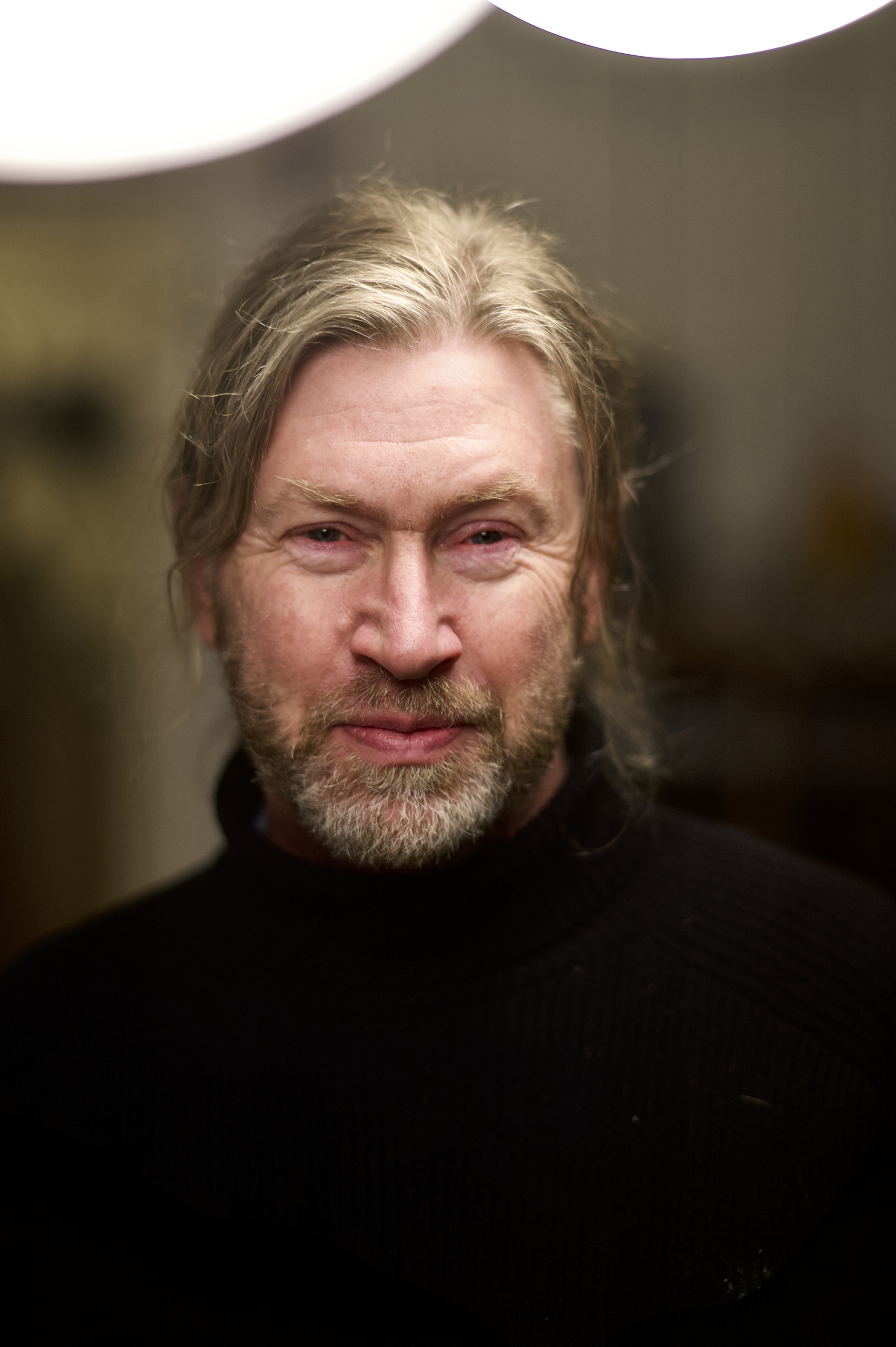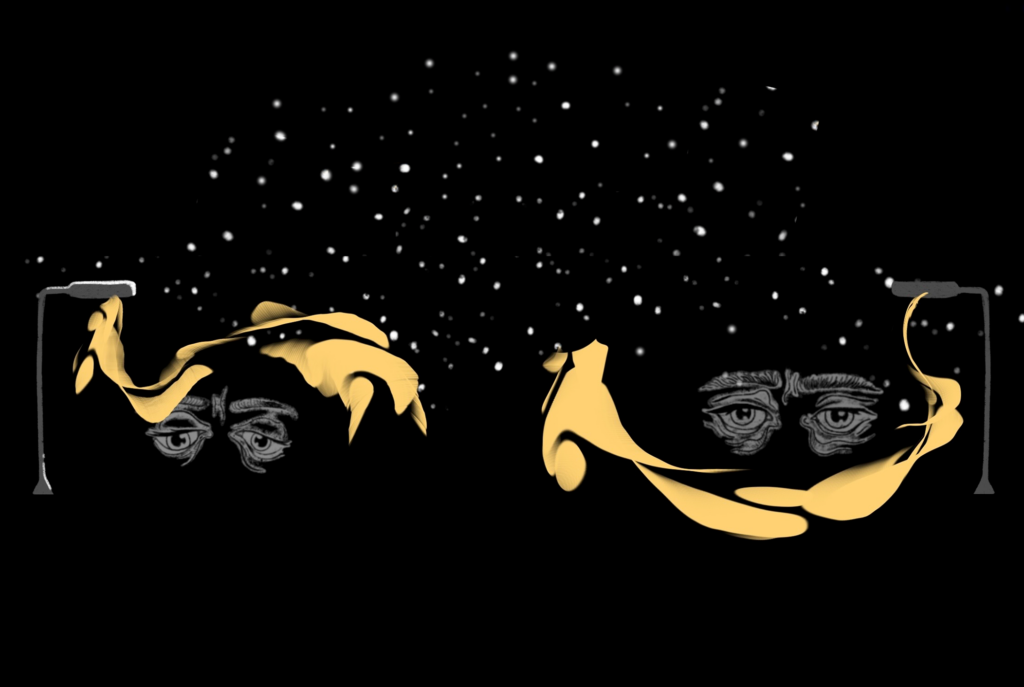It’s no secret that winter is here. With it comes the cold, the dark and the blues. And for a significant proportion of students, particularly international ones, autumn brings a new fear: that of falling into seasonal depression. As night falls fast, we shed some light on the subject of ’SAD’.
– Things that interest me during the rest of the year, don’t interest me at this time of year, says Sarah*.
For Sarah, an international law student, Seasonal Affective Disorder (SAD) means intense days between November and February, when she has to ’cope’ with a mood that sinks as quickly as the sun in the early afternoon.
– Weight loss, the blues… I’m not in good spirits. And as soon as it gets dark, I see everything in black. It’s like this every winter, even in France. But in Sweden, even the smallest things outside seem complicated, she adds.
Sun*, an international master’s student, had the same experience. She quickly realised that her first winter in a Northern European country was going to be a tough one:
– I noticed it in the middle of August. I just came back from Belgium and it was obvious that the daytime is shorter and shorter, she recalls.
For Sun, the first few days of winter have taken her on an emotional rollercoaster, with the ’up’ quickly turning into the ’down’.
– Now, winter is here and I feel that I am very tired. I get no emotion, no energy and I stay more at home, she says.
Sun also notes that many other students, including her classmates, suffer from the same problem.
– Everyone came and said that they were tired and just wanted to go home. The vibe is very different, she notes.
It is, of course, highly dependent on the latitude where you live
Sverker Sikström, Chairman of the Department of Mental Health, specialised in assessing mental health using artificial intelligence, brings an expert’s perspective to the subject of seasonal depression.
– It is a type of depression that is associated with changes in seasonal variations, he says.
Sikström explains that SAD is likely triggered by variations in light exposure, particularly during late autumn when sunlight diminishes, impacting neurotransmitters like serotonin regulated by melatonin.

and lecturer at Lund University.
Photo: Isak Aho Nyman
– Exposing your skin to the sun also produces D vitamin, where lack of D vitamin may trigger depression, he explains.
There are a number of symptoms to highlight.
– Basically, the symptoms are similar but not identical to normal depressions, he notes.
Symptoms include feelings of sadness, changes in eating patterns, passivity, and repetitive negative thoughts. However, Sverker Sikström also notes certain differences from classic depression:
– In the autumn, it tends to make you eat more and it makes you less active.
But how can you really tell the difference between seasonal depression and a bout of the blues? Sverker Sikström suggests that if symptoms occur in late autumn and recur during the same period in subsequent years, it could indicate SAD. Changes are a contributing factor to depression in general.
SAD peaks in late autumn, influenced by reduced sunlight.
– But it depends on the sun exposure.It’s also, of course, highly dependent on the latitude where you live. So particularly in northern Sweden, this is a much more important issue than perhaps [in France], Sverker Sikström explains.
The impact varies across individuals, ranging from mild symptoms, often termed ‘autumn blues,’ to clinical depression. Sikström emphasizes that mental health exists on a spectrum and can lead to severe outcomes, including suicide attempts.
I tell myself that summer will make me love all these things again
Recognizing the substantial impact of SAD, Sikström proposes various treatments. While antidepressants are an option, specific therapies for SAD, such as light therapy, are recommended. He makes particular mention of light therapy. It involves exposure to powerful artificial lights, simulating natural sunlight.
Sun and Sarah are improving their situation by adopting these tips, but also by finding their own habits and rhythms of life.
– You have to bear in mind that this is just a passing phase. I tell myself that summer will make me love all these things again and that I should be grateful. Even though it gets dark very early, this time of year also allows us to enjoy certain activities, like skiing, says Sarah.
– I try to do some Chinese exercise, take some vitamin D and it’s pretty important to meet friends, by having a fika, for example. There are a lot of activities held at the university and also in other organisations. I think that helps us to get in touch with new people and our old friends. It’s important to socialise! adds Sun.
For them, the first step towards improving their situation is to ’take the initiative for changes’.
But, it is often said that it is in the greatest darkness that we see the most light. Perhaps then, these dark days will brighten our minds over the year’s festivities.
Help and resources
+If you or someone you know is struggling with depression or other mental health issues, there is help to be found.
- Lund University’s Student health center can be reached through their website or by phone at: +46 (0) 46-222 43 77.
- The Swedish health service 1177 has both clinical expertise and can guide you to the right resources. Available at 1177.se or by phone at: +46 (0) 771 1177 00.
- The emergency psychiatric clinic in Lund is located at Baravägen 1 and can be reached by phone at: +46 (0) 46 17 41 00.
Sarah’s and Sun’s names have been changed.










